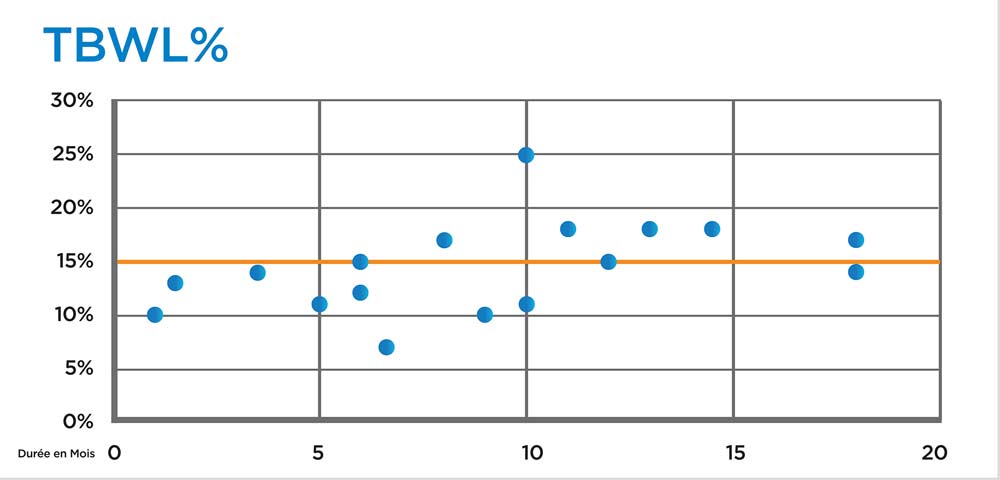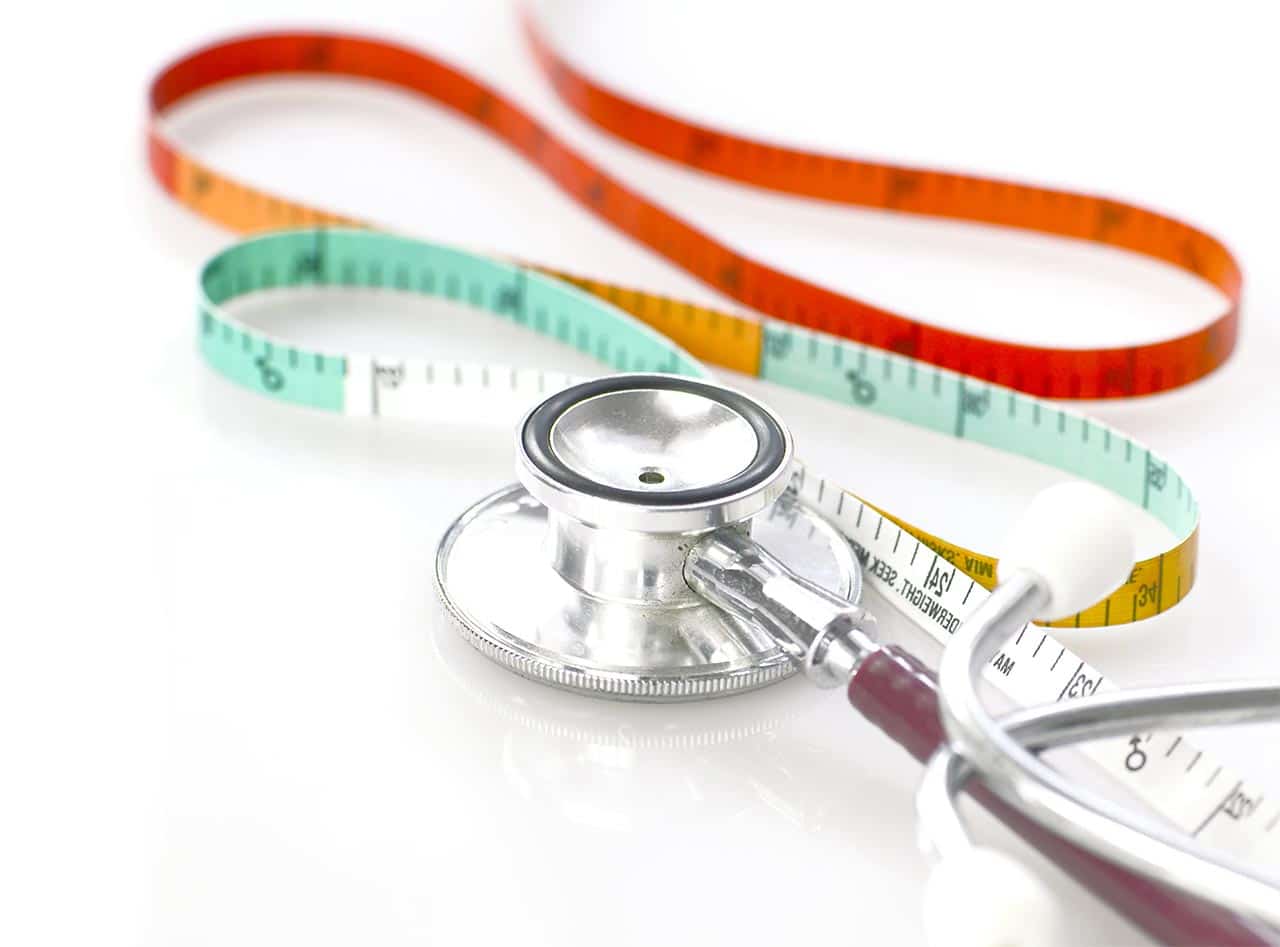Endoscopic gastroplasty sleeve
Obesity is a global epidemic that is affecting more and more people and is becoming one of the major public health problems. In France, this concerns about 14% of the population.
In recent years new endoscopic procedures have been developed to complement the range of available treatments.
The Overstitch Endoscopic Suture System allows via the use of nonabsorbable sutures (Polypropylene 2-0) to reduce the size of the stomach.
Goals
This is a prospective study conducted at the Trocadero Clinic in Paris with multimodal management of obesity to determine the efficacy and safety of this procedure.
Material and methods
17 patients with a BMI of 33 (± 4) underwent Endoscopic Gastric Sleeve (ESG).
Under general anesthesia, a dual channel endoscope rises with the Overstitch endoscopic suture device was inserted into the stomach, where a row of 4 to 5 sutures was placed (from the pyloric portion to the cardia).
Each of the sutures included between 6 and 7 points of attachment to bring the gastric walls closer together and thus to reduce the gastric lumen.
This technique is intended to limit the expansion of the stomach during meals and slow down the emptying of food.
The patients were followed post-procedure by a multidisciplinary team.
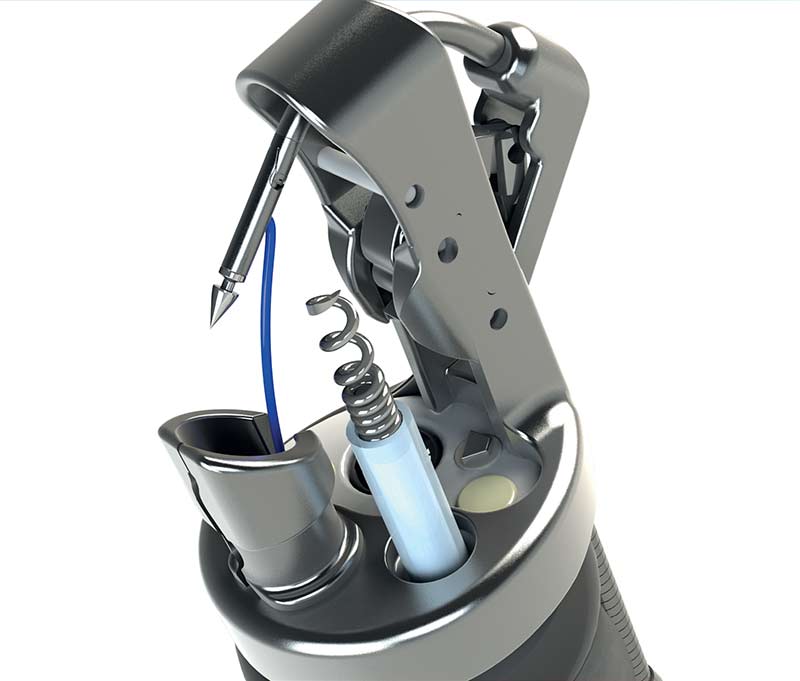
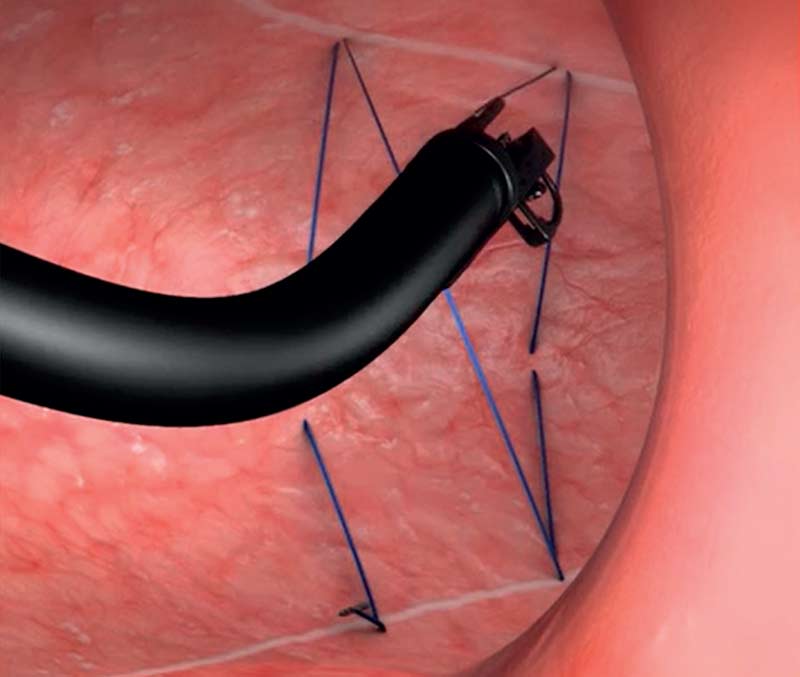
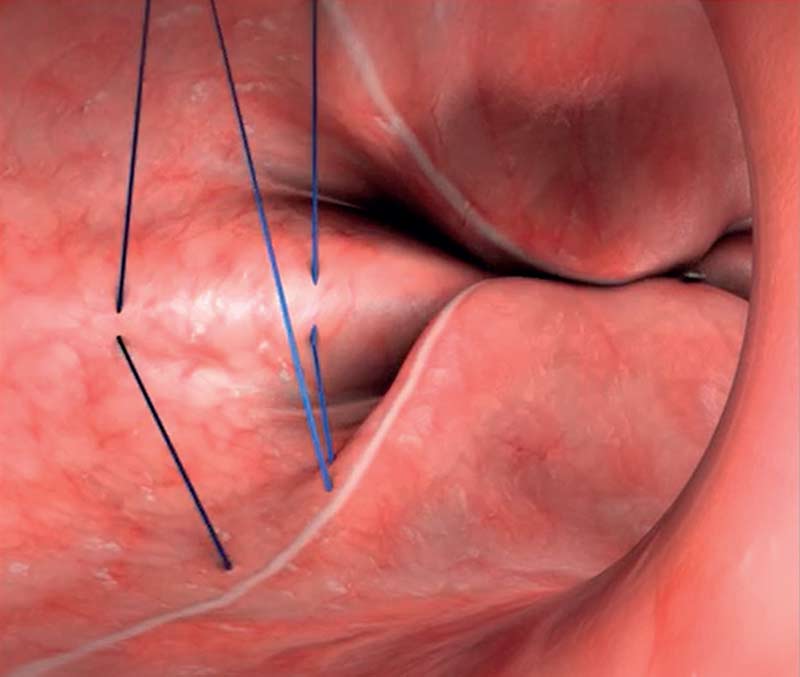
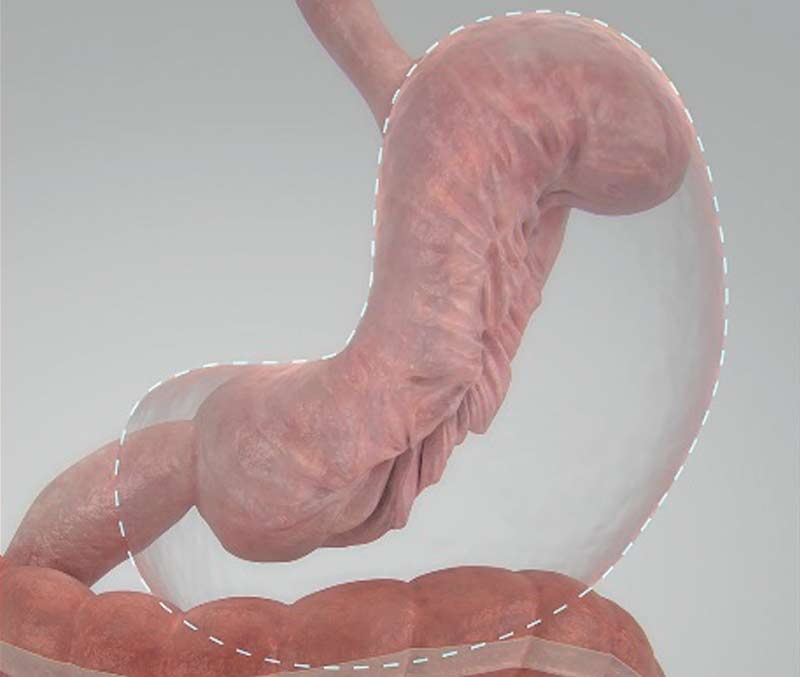
Results
A safe procedure with few side effects.
- abdominal pain
- nausea and vomiting
No severe complications were observed in this prospective study.
In a publication of Dr. Lopez-Nava of 2017 titled "Endoscopic Sleeve Gastroplasty for Obesity: A Multicenter Study of 248 Patients with 24 Months Follow-Up" a rate of 2% of complications was observed (4 out of 248 patients).
Sleeve gastroplasty, a safe procedure with few side effects.
